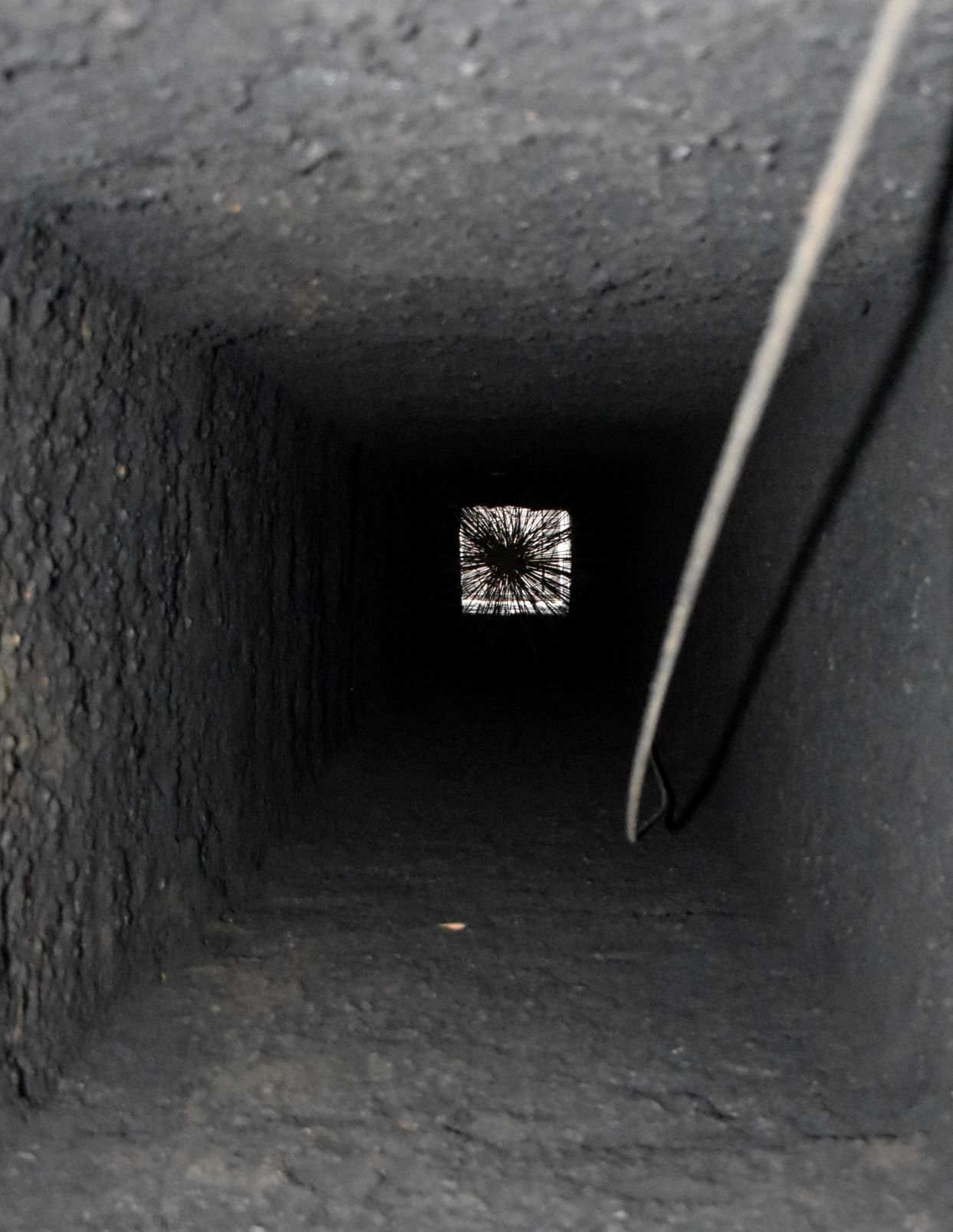Sweeping, Climbing, Roughcasting, and Burning Out Creosote in Chimneys
Traditional craftsmanship throughout Austria, inscribed 2019
Climbing ("Beschliefen" [slipping through/up] or "Besteigen" [climbing]), sweeping, and roughcasting chimneys as well as conducting controlled creosote burn-outs are manual working techniques practiced by chimney sweeps that were already in use by the 17th century and still see professional use today all across Austria. The working techniques of chimney sweeps are closely tied to social rituals that stand symbolically for good luck.
The activities and artisanal working techniques associated with the occupation of chimney sweep arose during the Middle Ages and developed further in response to the increasing need for fire protection in cities along with the influence of Italian architectural culture, which saw an increase in the number of multi-storey urban buildings with complicated chimney systems. The increasing complexity of such architecture made necessary a specific body of learned and experiential knowledge. Cleaning climbable chimneys by sweeping, rough casting, and conducting controlled creosote burn-outs was dangerous and challenging work. The tools necessary for doing this, such as brushes, besom brooms, and the shoulder iron, are still in use today.
The number of climbable chimneys is continually decreasing since such constructions no longer conform to present-day building and heating culture. But in Austria, they can indeed still be found—above all in historically significant buildings. The knowledge needed for such chimneys’ professional cleaning and maintenance is passed on from masters to apprentices. Chimney sweeps are organised Austria-wide as a federal guild. This guild represents their professional interests while working to ensure the sustainable transmission of knowledge and skills as well as development within the profession. Up to the middle of the past century, this trade was only open to men—but now, 13% of chimney sweeps are women. The profession’s traditional work clothes have hardly changed over the centuries, and they represent an essential part of chimney sweeps’ shared identity to this day. Also closely tied to this profession are certain social rituals and widely held ideas: New Year’s greetings from chimney sweeps, as well as simply encountering a chimney sweep or symbols of chimney sweeps, are said to bring good luck. This notion has to do with the historical and social significance of this trade, since the activities of chimney sweeps were and still are important in the context of fire prevention and the general safety of human beings.
Contact
Downloads
- Application form (in German only) 2 MB (pdf)
- Expertise (in German only) Wallner 166 KB (pdf)
- Expertise (in German only) Zraunig 140 KB (pdf)
- Expertise (in German only) Schlichtinger 124 KB (pdf)


![[Translate to EN:] © J. Ségur/ZED, with the permission of UNESCO](/fileadmin/_processed_/d/b/csm_Convention-2003-IKE_0832a6a47d.jpg)
![[Translate to EN:] © ÖUK](/fileadmin/_processed_/3/9/csm_P1011318_7eac86402f.jpg)

![[Translate to EN:] © Weitblickfilm](/fileadmin/_processed_/9/8/csm_Workshop_17_2dee1e1fd8.jpg)